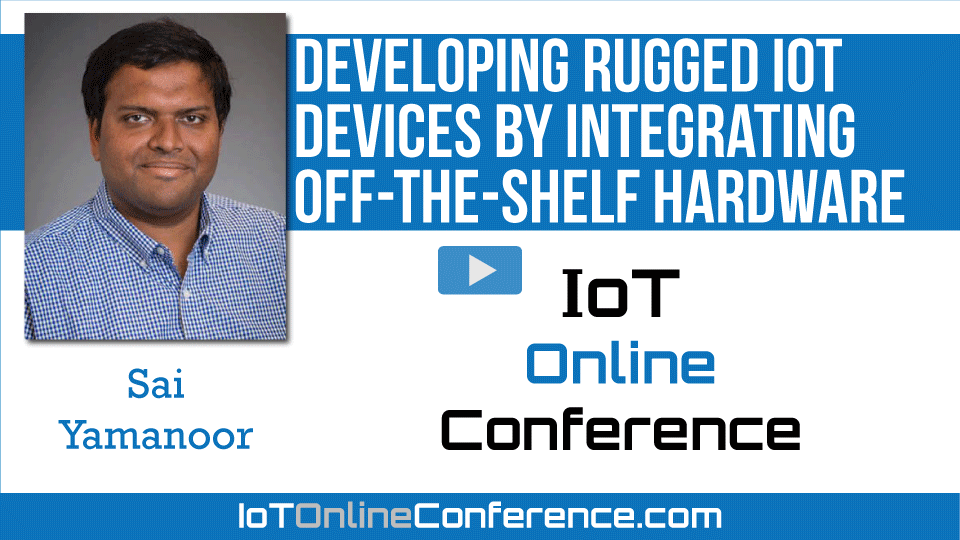2020 >
Developing Rugged IoT Devices by Integrating Off-the-Shelf Hardware
Sai Yamanoor- Watch Now - Duration: 32:17

The availability of IoT hardware prototyping platforms (e.g.: an Arduino shield or the ‘Feather’ form factor) enables the construction of ‘quick and dirty’ prototypes. The effort required to convert the prototype into a product is of a higher magnitude. There are several factors to consider including product form factor, power options, target costs, etc. Problems in connected hardware development tend to surface either during the later phases of development or during pilot manufacturing of the product.
The talk is going to be structured around a hardware design example whose target unit cost is supposed to be sub $100. The following is discussed:
- Utilizing rapid prototyping tools like 3D printing and a low-cost 24-hour turn-around PCB fab to effectively iterate hardware design
- Criteria to consider for selecting off-the-shelf hardware for your product
- Estimating product development costs to avoid surprises in your budget
- Product lifecycle management including planning for hardware obsolescence & parts approaching end-of-life
- Things to consider while integrating off-the-shelf hardware & third-party tools e.g.: recurring costs for cloud services, platform fee, billing structure, etc.


Thank you for the presentation!